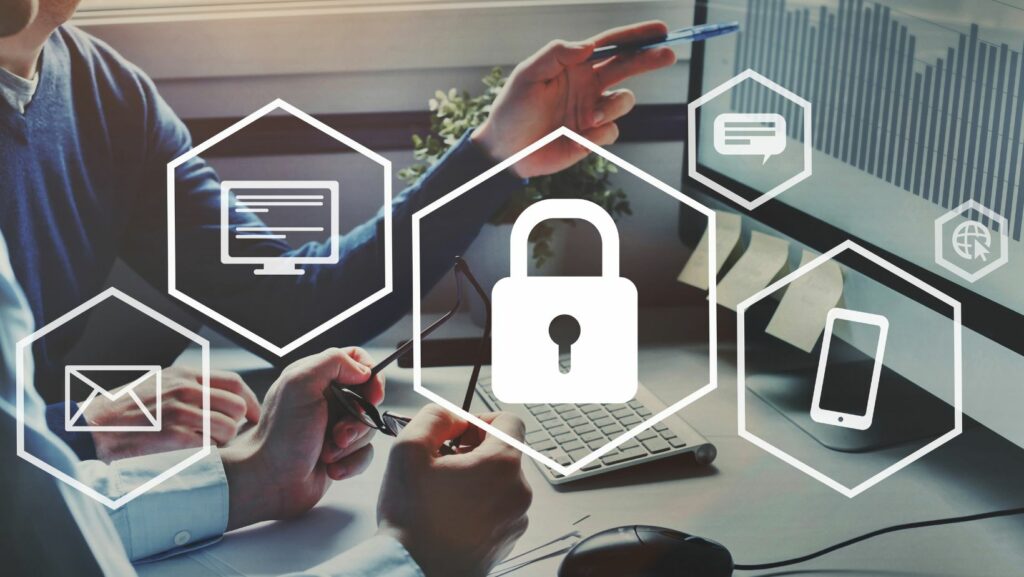Key Takeaways
- Understanding Data Leak Protection (DLP): DLP encompasses strategies and tools to safeguard sensitive information from unauthorized access, ensuring compliance with regulations like GDPR and HIPAA.
- Common Causes of Data Leaks: Key vulnerabilities include human error, cyber attacks, and insider threats, each requiring targeted strategies to mitigate risks.
- Essential Strategies for DLP: Implementing encryption and establishing access controls are vital in protecting sensitive data and reducing exposure to breaches.
- Importance of Regulatory Compliance: Compliance with data protection laws is crucial for avoiding fines and maintaining customer trust.
- Investing in DLP Tools: Utilizing specialized tools, such as Symantec DLP or McAfee Total Protection, enhances an organization’s data protection capabilities and cybersecurity posture.
- Strengthening Customer Confidence: Effective DLP measures reassure customers about their data safety, fostering trust and loyalty in a competitive landscape.
In today’s digital landscape, data leaks pose significant threats to businesses and individuals alike. As sensitive information becomes increasingly valuable, the risk of unauthorized access and exposure grows. Data leak protection has emerged as a critical component of cybersecurity strategies, safeguarding vital assets from malicious actors. Organizations must prioritize robust measures to prevent data breaches and ensure compliance with regulations. Implementing effective data leak protection not only helps in mitigating risks but also builds trust with customers. By understanding the importance of proactive security measures, businesses can create a safer environment for their data and maintain their reputation in an ever-evolving threat landscape.
Data Leak Protection
Data leak protection involves strategies and technologies designed to safeguard sensitive information from unauthorized access or exposure. Organizations must implement effective methods to mitigate the risks associated with data leaks.
What Is Data Leak Protection?
Data leak protection (DLP) refers to measures and tools that prevent sensitive data from being accessed, used, or transmitted outside authorized environments. DLP solutions monitor and control data movements across networks, endpoints, and cloud services. These systems classify data based on sensitivity and enforce policies for data handling, ensuring compliance with regulations like GDPR and HIPAA.
- Safeguard Sensitive Information: Protects customer data, intellectual property, and proprietary information.
- Ensure Regulatory Compliance: Meets legal requirements to avoid costly fines and penalties.
- Strengthen Cybersecurity Measures: Enhances overall security posture by reducing vulnerabilities.
- Mitigate Financial Risks: Lowers potential financial losses related to data breaches and incidents.
- Reinstate Customer Confidence: Builds trust by demonstrating commitment to data security.
Common Causes of Data Leaks

Data leaks often occur due to various vulnerabilities. Identifying these causes aids in strengthening protection strategies.
Human Error
Human error remains a significant factor in data leaks. Employees might inadvertently send sensitive information to the wrong recipient or neglect security protocols like password management. For instance, accidental exposure of data through misconfigured email settings can lead to significant breaches. Training programs that emphasize the importance of data handling practices can help reduce such mistakes.
Cyber Attacks
Cyber attacks represent a critical threat to data integrity. Techniques such as phishing and ransomware can exploit system vulnerabilities, leading to unauthorized access. In 2021, 86% of organizations experienced a phishing attack, according to the Cybersecurity and Infrastructure Security Agency (CISA). Regular updates, advanced firewalls, and incident response plans are essential in combating these threats.
Insider Threats
Insider threats pose unique challenges to data security. Employees or contractors with legitimate access may abuse their privileges intentionally or unintentionally. For example, intentional data theft has increased by 44% in recent years. Implementing strict access controls and monitoring user activities can help mitigate these risks and protect sensitive information.
Strategies for Effective Data Leak Protection

Organizations must deploy robust strategies to ensure data leak protection. These strategies enhance the security of sensitive information and mitigate potential risks.
Implementing Encryption
Encryption secures data at rest and in transit, rendering it inaccessible to unauthorized users. Organizations should use strong encryption standards, such as AES-256, to protect sensitive files and communications. Regularly updating encryption keys prevents vulnerabilities and enhances security. Examples include encrypting emails, database entries, and files stored on cloud services. Utilizing Transport Layer Security (TLS) for data in transit further secures information exchanged over the internet. By implementing encryption comprehensively, organizations can significantly reduce the risk of data leaks.
Establishing Access Controls
Access controls limit who can view or interact with sensitive information. Organizations must implement role-based access controls (RBAC) to ensure employees only access data relevant to their job functions. Regular audits of access permissions help identify and revoke unnecessary privileges. Multi-factor authentication (MFA) adds an additional layer of security, requiring users to verify their identity with more than one method. Monitoring user activity through logs and alerts can help detect and respond to suspicious behavior promptly. Establishing strict access controls fortifies protection against unauthorized data access and potential leaks.
Tools for Data Leak Protection

Data leak protection involves various tools designed to safeguard sensitive information from unauthorized access. These tools enhance cybersecurity measures, ensuring compliance and maintaining data integrity.
Overview of Popular Solutions
- Symantec DLP: Offers comprehensive monitoring across endpoints, network, and cloud environments. Implements advanced policies for data classification and incident management.
- McAfee Total Protection for DLP: Features robust encryption capabilities and real-time data monitoring. Provides customizable policy enforcement, allowing organizations to tailor protection based on specific needs.
- Digital Guardian: Specializes in protecting intellectual property and sensitive data across various platforms. Provides visibility into data usage and movement, coupled with endpoint protection.
- Forcepoint DLP: Combines user behavior analytics with data loss prevention. Offers context-based protection, enabling organizations to respond dynamically to threats.
- Microsoft Information Protection: Integrates DLP capabilities within Microsoft 365. Simplifies policy management and enables organizations to leverage existing Microsoft tools for enhanced protection.
| Solution | Key Features | Pricing Model |
|---|---|---|
| Symantec DLP | Comprehensive monitoring, incident management | Contact for quote |
| McAfee Total Protection for DLP | Customizable policies, encryption capabilities | Subscription-based |
| Digital Guardian | Visibility into data usage, endpoint protection | Custom pricing based on needs |
| Forcepoint DLP | User behavior analytics, context-based protection | Custom pricing based on needs |
| Microsoft Information Protection | Seamless integration with Microsoft 365 | Subscription-based |
Evaluating features and pricing helps organizations select the right DLP tool based on their specific needs and budget constraints. Data leak protection is essential in today’s digital landscape where threats are ever-present. By adopting effective DLP strategies and technologies, organizations can safeguard sensitive information from unauthorized access. This proactive approach not only enhances cybersecurity but also builds trust with customers and ensures compliance with regulations. Investing in the right DLP tools can significantly reduce the risks associated with data leaks. As businesses navigate the complexities of data security, prioritizing DLP will be crucial in maintaining a strong defense against potential breaches. Embracing these measures today will pave the way for a more secure tomorrow.



